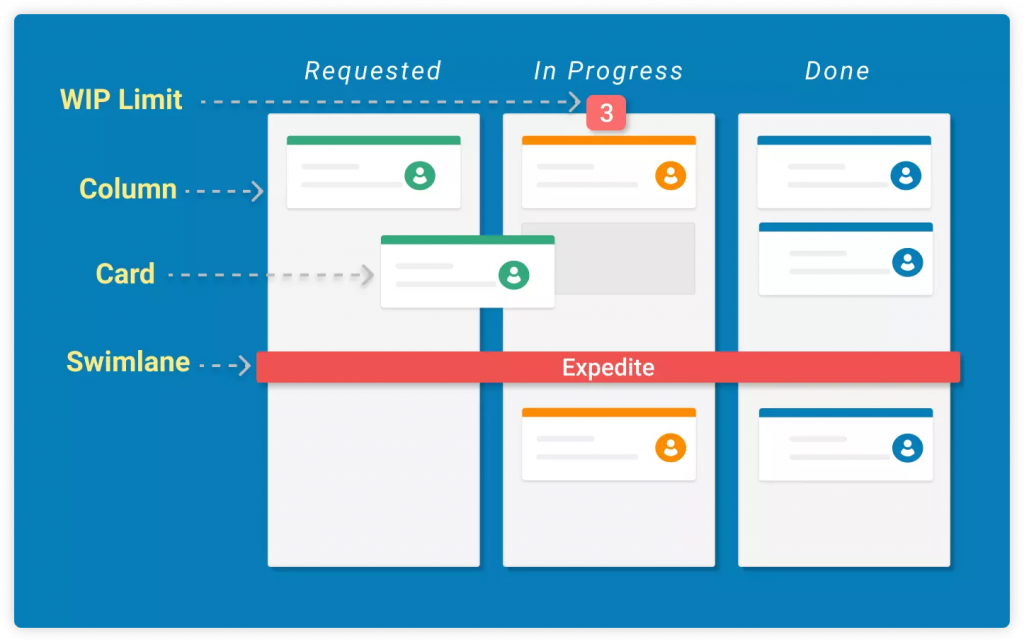Online collaboration tools encompass any type of application your teams can use to work more effectively together. They include:
- Cloud-based intranet apps
- Project management software
- Instant messaging tools
- Real-time team collaboration tools
- Platforms for online audio and video calls
- Remote team software
These tools have been increasingly important for businesses over the past decade. Over the course of 2020, however, they have become a make-or-break asset for companies weathering the COVID-19-driven shift towards remote work.
A recent survey suggests that, far from returning to a pre-pandemic norm, remote work is set to double in 2021. The right communication tools and collaboration platforms will be essential in navigating this shift successfully.
A recent YouGov poll suggests that over half of UK workers want to work from home some or all of the time post-COVID. Your ability to provide a viable remote work option will affect your ability to attract, engage and maintain top talent.

(Image source: yougov.co.uk)
Here’s why online collaboration tools are such an essential part of any remote or flexible team.
Email is a huge time drain compared to online collaboration tools
How much time do you think your team spends replying to emails? What effect does this have on productivity and engagement?
It’s estimated that 25% of employees spend the equivalent of one working day each week managing their inboxes, according to a recent study. Over half (55%) of respondents admitted to feeling frustrated at not finding the right documents in their inbox, leaving them feeling that they were wasting time (63%), less productive (48%), or losing track of project information (52%).
This all has a serious effect on time available to spend on more important tasks – and that’s without taking into account:
- General slowdowns in productivity thanks to negative emotions stemming from sorting email
- Time spent refocusing on tasks after checking email
For many organisations, the past year of remote work has drastically increased the amount of email communication. Whilst some of it is, of course, necessary (communications with clients, for example), much of it is day-to-day, informal, intra-team communication.
This is unnecessary. Online collaboration tools like Slack and other instant messengers are fast, informal and less intimidating than email. You can get the same message across quicker, without the accompanying productivity losses that come with emails.
As a result, your team has more time to focus on project-oriented work – and more space to reply to emails that are 100% necessary.
Online collaboration tools provide a ‘single source of truth’
“Which is the right version of the spreadsheet?”
“Sorry, I based my work on an old version of the document.”
“Finance didn’t get the updated figures, so our forecasts are wrong.”
You have no doubt heard many variations of the above, especially over the last year. Poor version control of important spreadsheets and other documents can result in anything from minor project delays to serious errors that adversely affect your business’s performance.
Investing in team collaboration software can stop this happening.
Cloud-based office tools (Google Docs and similar) allow you and your team to update a single version of a document or spreadsheet in real time. This means no duplicate files, no confusion over which information is correct, and therefore no time and money lost over simple and avoidable admin errors.
Meanwhile, the collaborative features provided by project management software and modern intranets allow you to share files and provide universal access to definitive versions of key documents. So, you’ll save your employees all those minutes and hours searching through email inboxes for the right information.
Online collaboration tools open up a wider network of expertise
Social intranets are a fast, friendly and effective way to make use of expertise across the wider organisation.
Whilst there are many positives to offering long-term remote work options after COVID-19 restrictions have been lifted, such policies nonetheless make it more difficult for remote teams to understand the structure of the wider organisation.
This means that it’s harder to know who to look towards for expertise when your project hits a roadblock.
Being able to ask for help over a social intranet saves time spent researching who the appropriate authority is – and opens up contributions from other teams, too. If you implement instant messaging tools and an employee directory alongside your online intranet software, you’ll be able to reach out for assistance quickly and effectively without getting buried in people’s inboxes.
Social intranets are also great tools for sharing knowledge across the business to build best practices. This improves workplace productivity in the long term by documenting what worked well to speed things along in the future.
Online collaboration tools provide transparency for managers
A major issue for team managers is understanding how much progress has been made on a particular task or project – particularly when working with remote teams.
Relying on ‘management via email’ makes projects unwieldy to manage and difficult to retain control over.
Project management tools allow PMs and line managers to assign tasks, track progress and keep on top of any setbacks via Kanban boards, auto-reminders and a host of other collaboration features.

(Image source: businessmap.io)
This all improves productivity by:
- Making team members’ responsibilities public so they are encouraged to keep on track with deadlines.
- Allowing managers to focus efforts and resources on areas or tasks which might be holding the project back.
- Removing the need for managers to manage several email conversations asking for updates on various parts of a project.

![[FREE GUIDE] How to Improve Your Project Management Processes in 5 Steps](https://no-cache.hubspot.com/cta/default/5025095/39f7568f-5072-4c75-b782-89ea84fe2a87.png)




